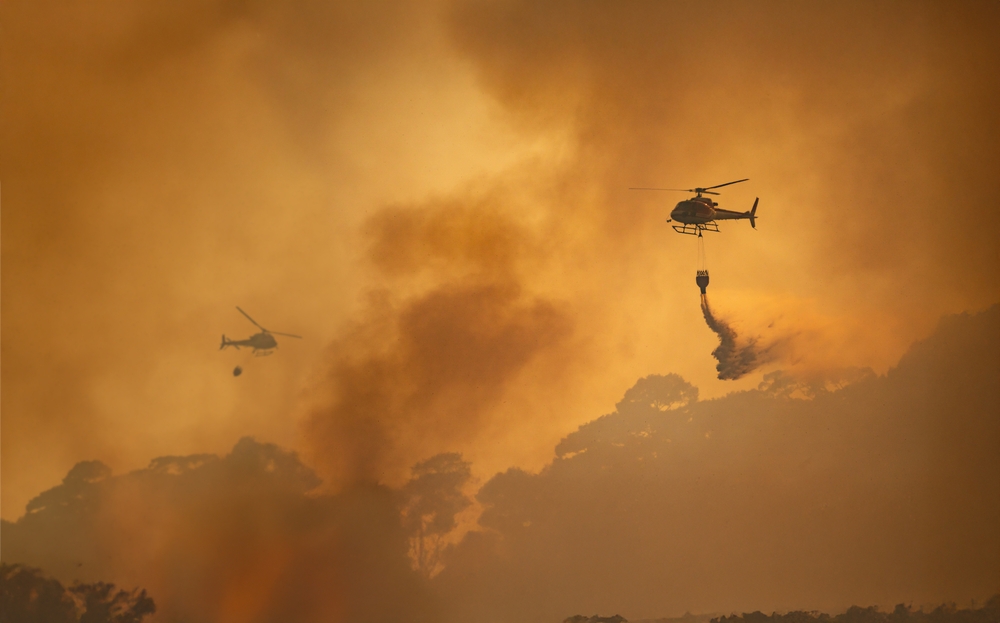
Recent deadly wildfires in Los Angeles have once again highlighted the devastating impact of climate-driven natural disasters. With thousands of acres burned, hundreds of homes lost, entire communities displaced, and multiple lives lost, it is clear that there is too much to lose by not investing in resilience.
Quantitative resilience investment analysis is necessary for regions. Last year, the United States Chamber of Commerce released a paper titled “The Preparedness Payoff: The Economic Benefits of Investing in Climate Resilience.” The paper uses REMI PI+ to analyze the economic and fiscal benefits of investing in climate resilience. The authors found significant economic savings from prioritizing resilience investment.
The Economic Toll of Wildfires
Beyond the tragic impacts to communities resulting from wildfires, there are also significant economic impacts on the regions affected. The price tag is immense, from immediate costs like firefighting and emergency response to long-term impacts such as property damage, infrastructure repair, and lost economic productivity. The Los Angeles region’s fires are projected to cost billions of dollars in recovery and rebuilding efforts, further straining local and state resources.
These economic losses are compounded by the personal toll on residents. Families face months or years of rebuilding, and businesses often struggle to recover or relocate. The cascading effects on employment, housing markets, and public services can ripple through the economy for years.
The Case for Proactive Investment
Events like these underscore the importance of resilience-focused investments. By allocating resources toward preventive measures, communities can mitigate the direct impacts of natural disasters and reduce recovery costs. Key areas for investment include:
A Call to Action
While recovery efforts are vital, they often come at a higher cost than proactive measures. Resilience investment saves lives, protects economies, and reduces the long-term fiscal burden on taxpayers. Policymakers and stakeholders must prioritize funding for resilience initiatives to safeguard communities like Los Angeles from the growing threat of climate-driven disasters.